
- Integrated Multi-functional Power Meter
- Smart Meter
- Multi-Functional Power Meter
- EV Charger Meter
- Digital Power Meter
- Intelligent Electrical Transducer
- Multi-circuit Monitoring Unit
- Multi-Circuit Power Meter
- Precision Power Distribution Unit
- Motor Protection Controller
- Microcomputer Integrated Protection Device
- Intelligent Control Device for Switch Cabinet
- Communication Gateway
- Rack-Mounted Busway Monitoring Unit
- Current Transformer
- Active Harmonic Filter (APF)
- Static Var Generator (SVG)
- Smart Capacitor Bank
- Harmonic Mitigation & Reactive Compensation Component
- Switch & Control Unit
- Intelligent Power Quality Management Software
- Power Quality Monitoring Cabinet
- Intelligent Control Cabinet
- Power Quality Monitoring Cabinet
- Power Distribution Cabinet
- Power Distribution Box
- Intelligent Measuring Terminal for Electrical Safety
- Electrical Fire Monitoring System
- Fire Fighting Equipment Power Monitoring System
- Temperature Monitoring System
What are you looking for?






































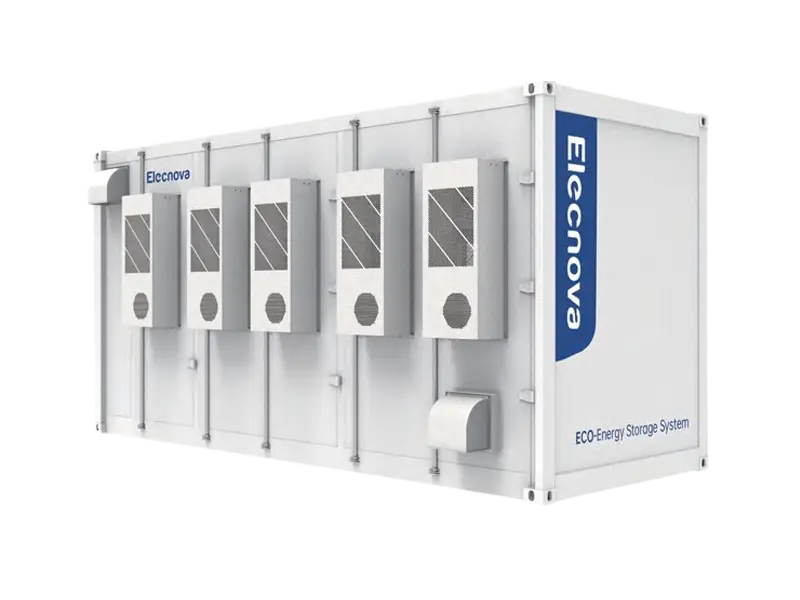
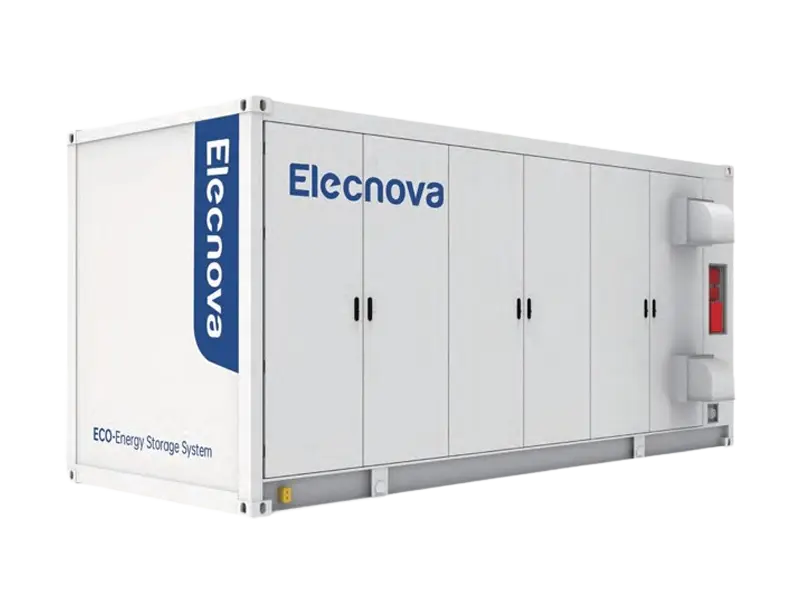
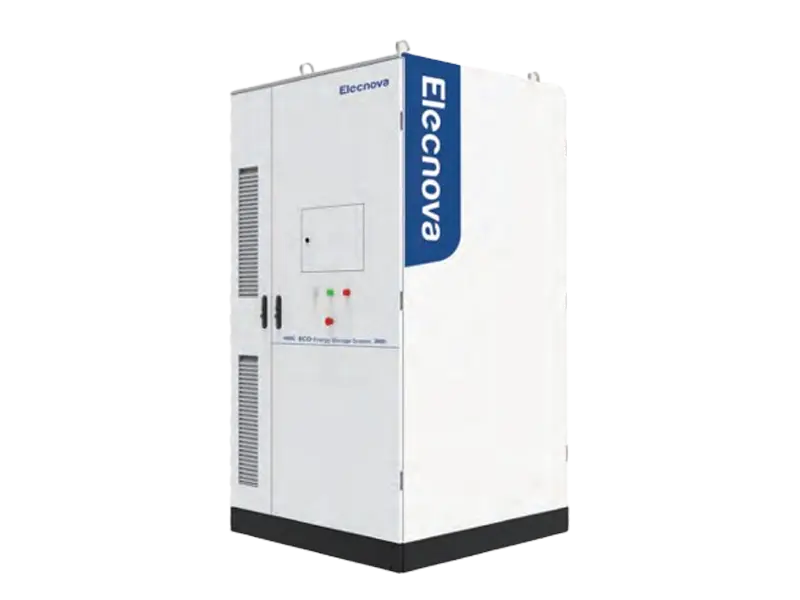
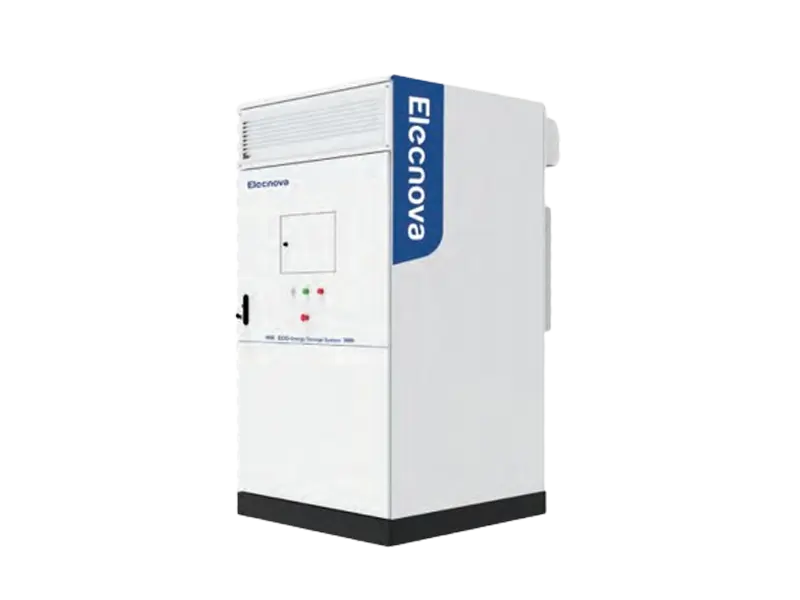
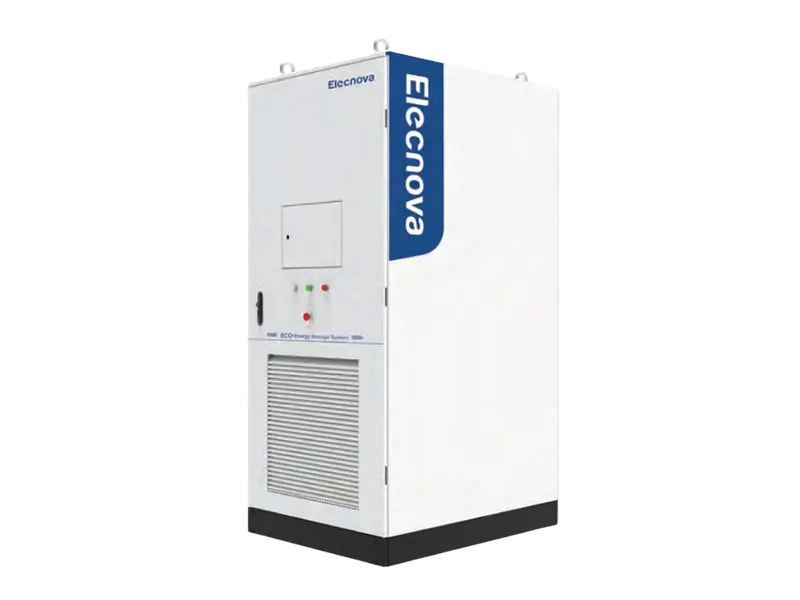

 CN
CN EN
EN
 fr
fr  de
de  es
es  it
it  ru
ru  ar
ar  vi
vi  tr
tr  th
th 



